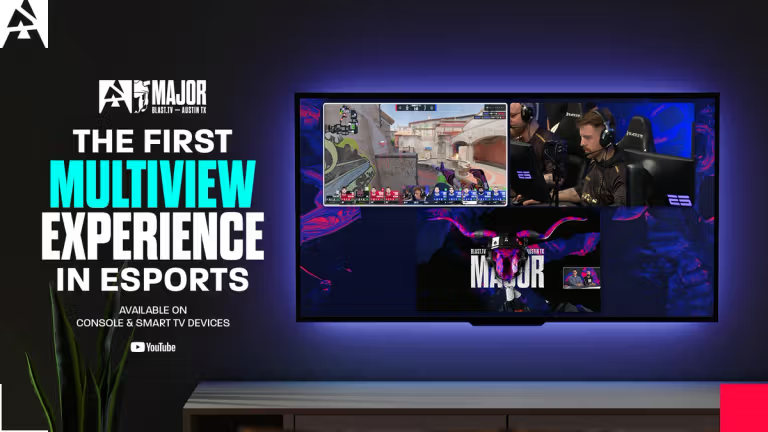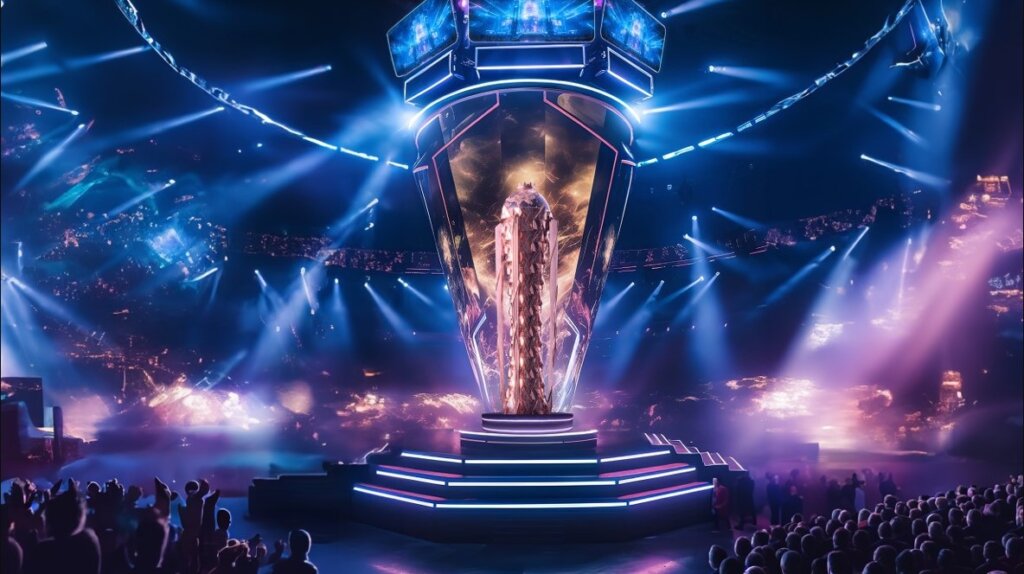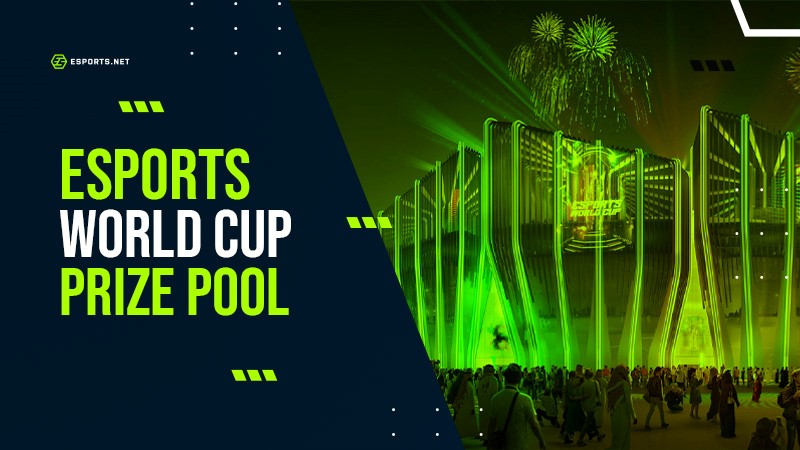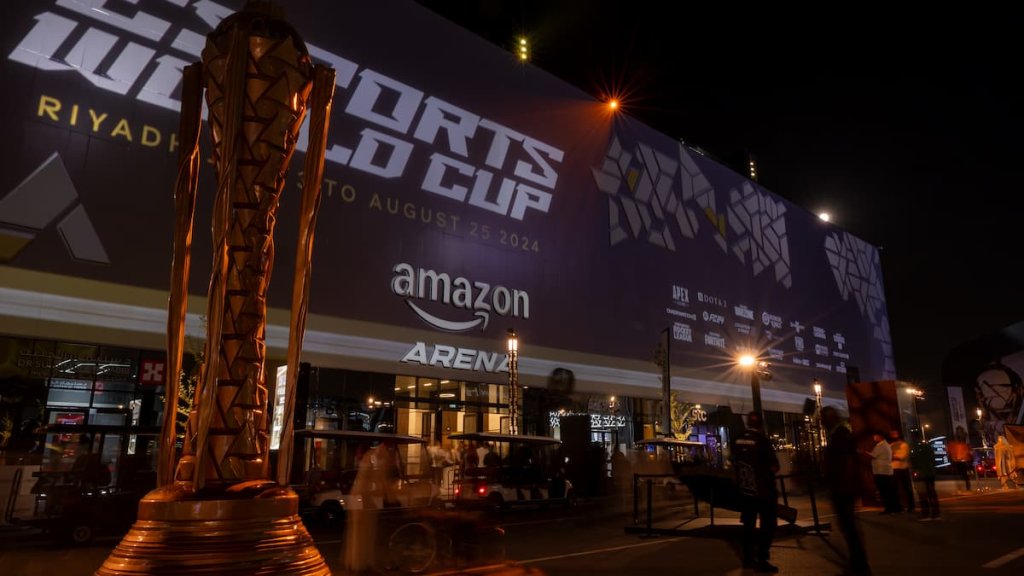
Female-only esports: Good or Bad?
Today I write about a hot button topic regarding female-only esport competition and gender division in competitive esports. Straight out the gate, my stance is that organizing female-only tournaments does a greater disservice than good for the competitive ecosystem for female gamers and esports as a whole.

© ESL
Before we go down to the reasoning behind my opinion we have to break down the esports ecosystem and video games as a whole.
The esports ecosystem and video games
From a general numbers perspective less than 1% of video games produced are considered esport titles, usually spanning among five or six different genres (FPS, MOBA, RTS, Sports Simulations, Battle Royales, etc). In those considered competitive esport titles less than 1% of players make it to the pro scene, and for most of them, their “professional” careers at the highest level last a few years at best. On top of those slim odds of success, the players that strive to make it to the highest level of esport (successful or not) dedicate 12 hours a day (on average) over long periods of time at mastering a specific title to maybe succeed at landing an esports career.
The picture I am trying to paint is that esports is a highly competitive and unforgiving endeavour in which only the absolute best athletes succeed for a brief period of time under the spotlight. In most cases, those that do succeed are heavily scrutinized by their peers or other gamers for their performance and proficiency in the game and have to face a mob of spectators taking cheap shots at them on streams and social media as part of their daily routine.
In fact, the only way any competitive gamer (opponent or spectator) gets to respect a player is by being beat or outclassed by an opponent in order to garner their respect. In some sense, the competitive mentality of esports is similar to that of traditional fighting sports like Boxing or MMA, where greatness is measured by the volume the opponents of you have beaten in the past and the pressure of constantly being challenged at defending your “belt” and legacy in a fight.
This is the environment we have managed to create in 25+- years of competitive esports.
The narrative these days is that competitive esports is inhospitable to female athletes. When building the narrative words like sexism, segregation and toxicity are used to illustrate a picture of an environment inhospitable to female athletes specifically. The truth is that competitive esports is inhospitable for 99% of the participants. Abuse, toxic behaviour, harassment and insults are commonplace among athletes and spectators alike.
Having all of the above in mind let us move to the topic at hand: female-only esports competition.
Female-only esports competition
While most of the competitive tournament providers recognize that tournaments are “open to all”, barring several instances of genderism in competition, we still have female only divisions and teams in some titles. In defence of this idea is the “chess argument”, stating that additional female-only competition is good for developing the female demographic and circumvent the “gatekeepers” of competitive esports. I believe this view is shortsighted and will create a greater disservice then benefit in the long run.
If we go back to the mentality of esports competitiveness and how the current ecosystem has evolved, creating a female-only competition is doing a great disservice to female athletes themselves. Respect will not be given or ability recognized if exceptionalism is maintained. Look at the WESG CS:GO Female final that recently took place in Chongqing, China. While the CLG.red squad won the female-only tournament, the backlash among spectators about the prize fund and the “skill level” of participants instantly followed.
Trying “empowerment” stunts like Vaevictis esports in the Russian LCL is also not a constructive way to go about things either. In general, we should not enforce equity in esports competition or force the issue with so many factors contributing to the inhospitable environment of the esport ecosystem globally.

© Vaevictis
The last issue in this list is stagnation. The death of any esports career is being stagnant in growth. Facing the same opponents over and over and being in this locked out phase of competing against only-female rosters is hampering the growth of athletes who are on a timer in their short career run. Any professional athlete would confirm that the only way to grow is to compete against challenging opponents and constantly learn and adapt, something a female-only ecosystem does not enable.
So what should be done?
First off, recognize that esports and video gaming are not the same industry. Esport uses video games as a platform in competition for only a small segment of video games. Viewing the video games industry increase in female consumption and equating it to esports consumption is inaccurate and incorrect. Employing equity tactics on top that in order to drive participation or equalize the playing field is going to bring about the issues of toxicity everyone bangs on about. If we get down to consumer preference it is hardly surprising a lot of competitive female participation is not among the FPS, RTS, Battle Royales or Sport Simulator titles and is generally in genres like MOBA or Others (Hearthstone, Clash Royale).
Additionally, esport organizations spent the better part of the last 20 years struggling for financial stability and only since the era of esports franchising in the last few years have we seen a proper development in the treatment, career cycle and growth of esport athletes. Further development and accommodation for the eventual gender diverse teams should be next in the line of objectives.
Finally, recognize that esports is abundantly hard to get into for everyone and while sexism is an issue in the sausage fest of a system we have created so is nationalism, racism and any “ism” you can think off. The toxic environment is present through and through and creating an exception will only amplify the behaviour. Instead focus on altering the general culture of fandom, spectatorship and game behaviour on a broader level and the acceptance among all variables will follow.
In closing, I do stand by the argument that esports fundamentally does not discriminate in any manner. Everyone can compete, grow and become the best, the only real obstacle is the performance of the athlete behind the controller. The goal should and must be creating a field of open competition between the athletes regardless of any social stratification.












